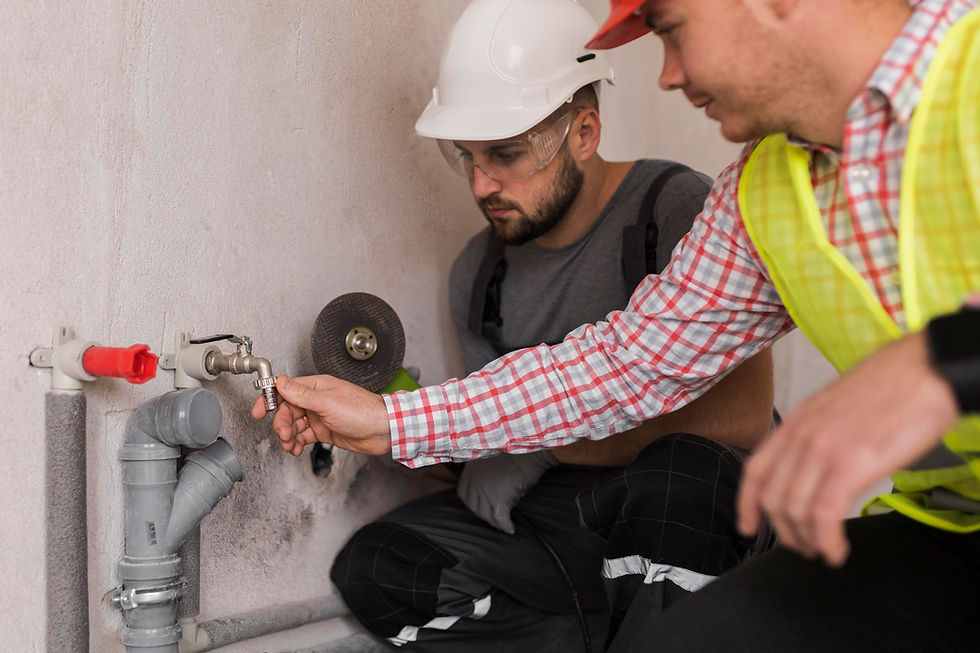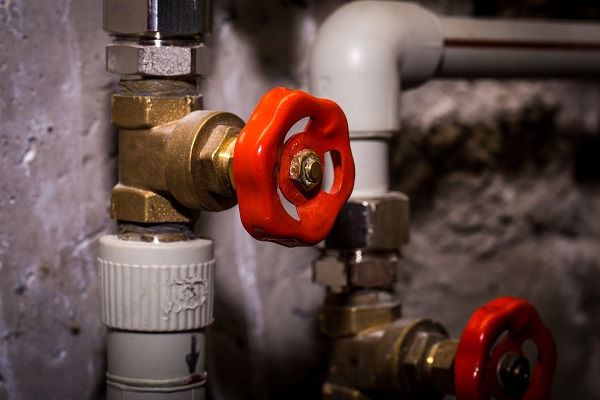Common Well Pump Problems and Their Solutions
- Magnificent Plumbing
- Apr 1
- 3 min read

A well pump is a critical component for homes that depend on well water, providing access to a consistent water supply. However, like any mechanical device, well pumps are prone to issues that can disrupt their performance over time. Identifying common well pump problems early and knowing how to address them can help ensure your water system runs smoothly. Below, we discuss some frequent well pump issues and how to fix them effectively.
1. Low Water Pressure
Possible Causes: Clogged pipes, problems with the pressure tank, or a failing pump can cause low water pressure.
Solution: Start by inspecting the pipes for leaks, as even small leaks can reduce water pressure. If the pipes seem intact, check the pressure tank. If the tank is improperly adjusted, it could affect pressure levels. Another possible culprit is clogged filters or an issue with the pump itself, which may need repairs or replacement.
2. No Water Flow
Possible Causes: A power failure, a malfunctioning pressure switch, or even a dry well could stop the flow of water.
Solution: Begin by checking the power supply to ensure the pump is receiving electricity. If there’s no power, inspect the circuit breakers and wiring connections. If the power supply is intact but the pump isn't working, the pressure switch may be faulty and needs replacement. If the well has run dry, you may need to wait for it to recharge naturally or even deepen the well if it’s a recurring issue.
3. Pump Runs Continuously
Possible Causes: A waterlogged pressure tank, a malfunctioning check valve, or leaks in the system could cause the pump to run constantly.
Solution: The first thing to check is the pressure tank. If the tank is waterlogged (i.e., it has too much water and not enough air), the pump will continuously cycle. You may need to drain and recharge the tank to restore its proper function. Also, check the check valve, which ensures water doesn’t flow back into the well. If it’s broken, replace it. Leaks in the pipes can also cause this issue, so inspect the entire piping system for any signs of damage or wear.
4. Air in Water Lines
Possible Causes: Air in the water lines can be caused by a drop in the water level, a broken pump, or damaged pipes.
Solution: If air bubbles are present in your water supply, first check for leaks in the piping. You should also ensure that the pump is fully submerged in the well water. If the water level has dropped too low, the pump may be drawing in air. In this case, lowering the pump further into the well or repairing any damaged pipes could solve the issue.
5. Unusual Pump Noises
Possible Causes: Worn-out bearings, a failing motor, or debris stuck inside the pump can result in unusual noises during operation.
Solution: Turn off the pump and inspect it for debris or foreign objects that could be causing the noise. Worn-out bearings or a malfunctioning motor will require professional repair or replacement. If the noise persists after removing debris, it’s best to call a professional plumber to diagnose the issue.
6. Muddy or Dirty Water
Possible Causes: Low water levels, a damaged pump screen, or sediment buildup can lead to muddy or dirty water being pumped into your home.
Solution: The first step is to check the well’s water level. If the water level has fallen too low, the pump may be drawing in sediment from the bottom of the well. Ensure the pump is positioned properly in the well to avoid pulling in debris. If the pump screen is damaged, clean or replace it. Additionally, installing a sediment filter in the system can help keep the water clean.
7. Pump Short Cycling
Possible Causes: A faulty pressure switch, a waterlogged pressure tank, or leaking pipes can cause the pump to turn on and off rapidly, known as short cycling.
Solution: Begin by adjusting or replacing the pressure switch, which controls when the pump turns on and off. If the pressure tank is waterlogged, drain it and recharge it with air to restore proper function. Inspect the entire system for leaks and repair any identified issues.
When to Call a Professional
If troubleshooting the issues above doesn’t resolve the problem, or if you’re unable to pinpoint the exact cause, it’s time to call in a professional plumber. Well pumps are complex systems, and a professional can help diagnose and repair issues effectively. Regular maintenance is also essential to prevent many of these common problems, ensuring a long-lasting and reliable water supply for your home.



Comments